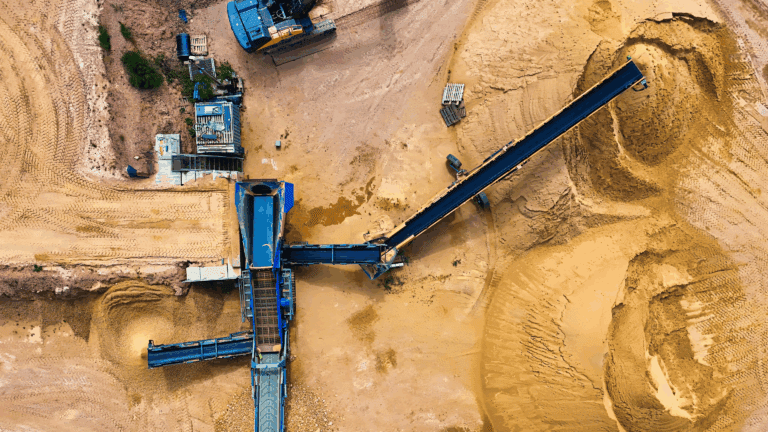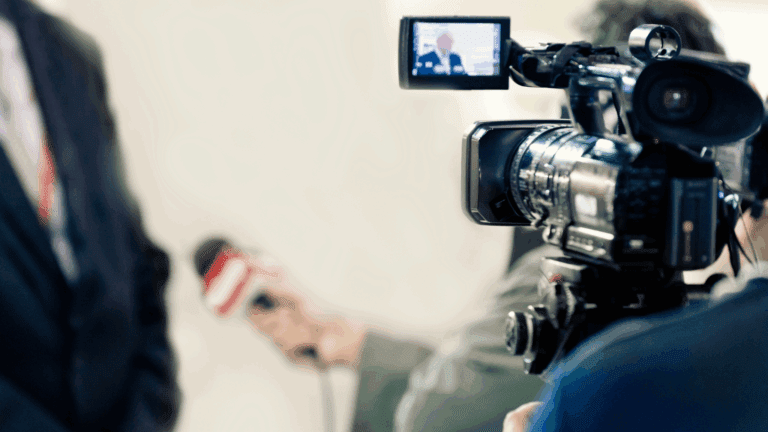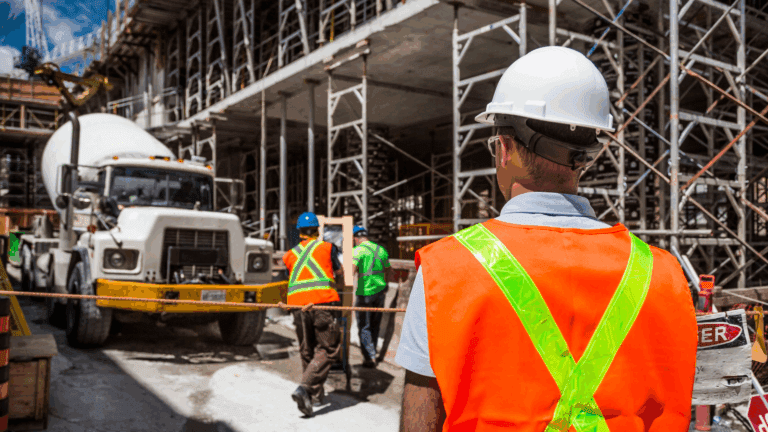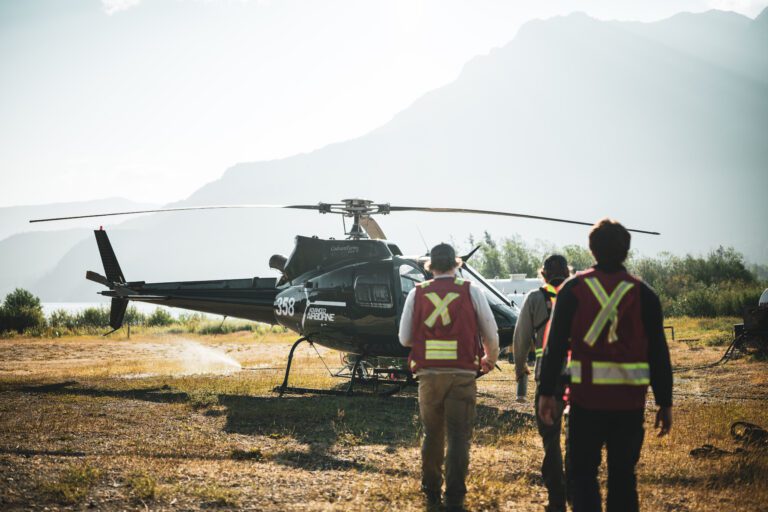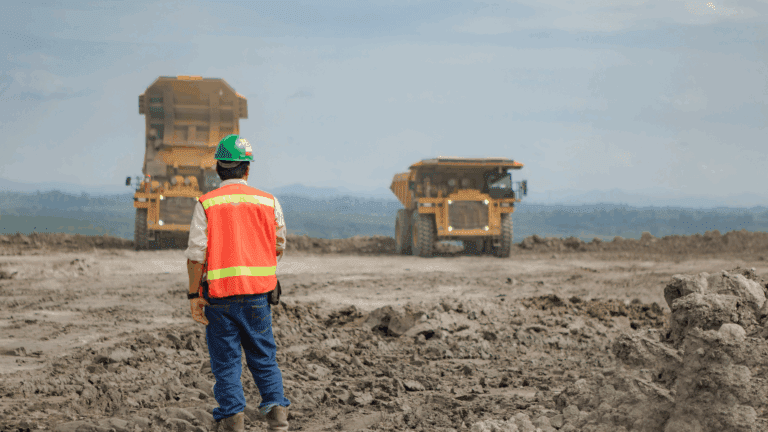Stakeholder engagement has always been about communication. But in today’s fast-moving, visually driven world, how we communicate is just as important as what we say.
We’ve seen time and time again that a well-crafted visual can do what a 40-page report often can’t: clarify, connect, and compel. Whether it’s a complex mine plan or a multi-year permitting process, visual storytelling helps stakeholders understand and care about what’s happening.
Why Visuals Matter in Mining and Resource Communications
Mining projects are inherently technical. Geology, engineering, permitting timelines, environmental assessments; it’s a lot to take in. The details are important, but they can overwhelm non-technical audiences. That includes local communities, Indigenous partners, elected officials, and even some investors.
That’s where visuals come in.
A thoughtfully designed infographic, map, or animation can:
- Simplify complex concepts
- Show progress and process
- Highlight commitments (and how they’re being met)
Make invisible impacts (like reclamation) visible
When people can see what you mean, they’re more likely to believe you mean it.
From Meetings to Media: Where Visuals Show Up
Effective stakeholder visuals can live in many forms:
- Community open house displays
- ESG and impact reports
- Project websites
- Social media campaigns
- Video explainers
- Interactive dashboards
Strong visuals don’t replace engagement. They enhance it. They help stakeholders feel informed, respected, and involved—because they can actually understand what’s being discussed.
As creative professionals in the resource sector, our job isn’t just to make things look good. It’s to make things clear, credible, and compelling.
That’s the power of visuals. And when they’re done right, they don’t just illustrate a project—they help earn social licence for it.

